The capital city of Louisiana, Baton Rouge, is located along the Mississippi River in a lovely setting. There are lots of activities to keep you busy if you have some time to take in the sites and attractions, especially in the spring or fall when the weather is ideal.
The USS Kidd Veterans Memorial, which includes the destroyer USS Kidd, is one of the city's must-see attractions.
The State Capitol Building and the elegant ancient houses, including Magnolia Plantation (1791), one of the region's oldest, are well worth seeing.
Visit some of Baton Rouge's museums and cultural sites, such as the LSU Rural Life Museum, for more entertaining activities. It offers information on the region's fascinating past.
The Bluebonnet Swamp Nature Center, for example, is an excellent site to look for an adventure. Outdoor activities are very simple to find in Baton Rouge.
With the help of our list of Baton Rouge's attractions and things to do, find even more intriguing locations to explore.
1. Tour the former state building
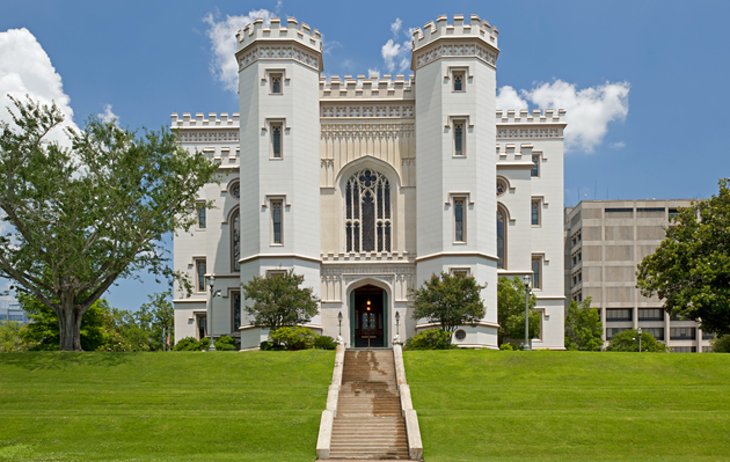
Built in 1847, the Old State Capitol is a stunning Gothic-Revival fortress. It is interesting both historically and aesthetically, and it is worth taking a look at, even from the outside.
After the Union Army set fire to the castle, it was rebuilt in 1882 and used as the state capital until 1932, when the new State Capitol building was inaugurated. This striking building, which is perched high above the Mississippi River, is now a museum of political history.
The Legacy of Huey Long, The Governors' Portrait Gallery, Baton Rouge and the Civil War, among other excellent exhibits, are available at the museum. Numerous events are held at the Old State Capitol, which is also available for rent as a location for weddings and other celebrations.
2. Veterans Memorial for the USS Kidd

The USS Kidd Veterans Memorial is close to the State Capitol building. This attraction is centred around the destroyer USS KIDD, which was given its name in honour of Rear Admiral Isaac Campbell Kidd, Sr., who died during the 1941 attack on Pearl Harbor while serving on the USS Arizona.
The ship was given the moniker "Pirate of the Pacific" when it was launched in 1943. Before it was decommissioned in 1964, the tales of its lengthy and fascinating history are presented on board. Over the years, the ship has appeared in a number of motion pictures and historical documentaries. Today, guests are welcome to board and explore the USS KIDD to see it for themselves and learn everything about its history.
A museum and observation tower are also included of the USS Kidd Veterans Memorial complex. The Historic Warship & Nautical Center houses a collection of model ships, a number of one-of-a-kind relics, and a scaled-down version of the Vietnam Veterans Memorial Wall in Washington, D.C.
3. Attend a game at Tiger Stadium at LSU
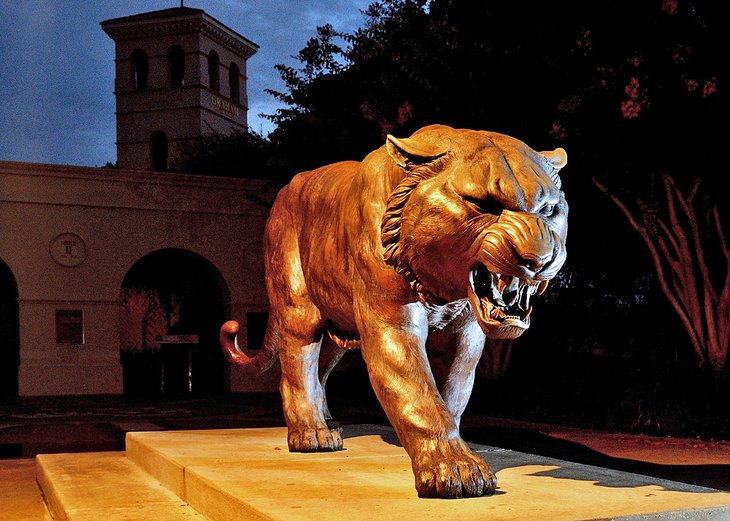
The LSU Tigers football team plays all of its home games at Tiger Stadium, which also hosts a variety of special events all year long.
Since 1924, this stadium, affectionately known as "Death Valley," has been crammed with ardent football supporters. Attending a game here is one of the greatest ways to experience Baton Rouge like a native.
The LSU Rural Life Museum and the LSU Museum of Natural Science are two more well-known tourist destinations located on the LSU campus, which is a wonderful area to visit. The Louisiana State University was founded in 1860 close to Alexandria and relocated to Baton Rouge in 1869. On the property are American Indian mounds that date back more than 1,600 years.
Visit the opulent 15,000-square-foot habitat that "Mike the Tiger," the school mascot, calls home while you're here.
4. State Capitol of Louisiana

Early in the 1930s, construction began on the Louisiana State Capitol in Baton Rouge. This famous building is 450 feet tall and has 34 levels. The marble interior of the building blends beautifully with the opulent furniture throughout, while the façade of the structure is covered in numerous symbolic motifs that reflect the state.
The Patriots, which features an armoured soldier and mourners of a warrior killed in battle, and the Pioneers, which features a robed woman surrounded by settlers, flank the external staircase.
Huey Pierce Long, a Louisiana governor who would later serve in the U.S. Senate, was instrumental in getting the State Capitol built. The building was eventually completed after much effort on his part, and he was later assassinated there.
On the premises, beside his plaque, is where Huey Pierce Long is buried. Think about going on the elevator journey up to the observation deck for city views as part of the building tour. On the National Register of Historic Places is the Louisiana State Capitol.
5. Investigate the Magnolia Mound Plantation

Early inhabitants from France and the West Indies brought their architectural ideas to Magnolia Mound, which was constructed in the latter half of the 18th century. The house has been held by a number of different owners throughout the years, each of whom felt free to add their own extensions and renovations.
The house is a timber bousillage construction that still mostly resembles what it looked like in the 18th and 19th centuries. It is encircled by mature oak trees. The property was taken over by the city of Baton Rouge so that it might be preserved as a reminder of a bygone era.
It is now accessible to the public for tours and is listed on the National Register of Historic Places. The main house and several other buildings are situated on about 15 acres of land.
6. Go to the LSU Museum of Rural Life

Over Louisiana, ten different flags have flown. The LSU Rural Life Museum showcases the customs and traditions of Louisiana's pre-industrial era. Highlights include The Barn with items from prehistoric times to the 20th century, The Working Plantation, a complex of buildings furnished to recreate the activities of life on a 19th-century working plantation, and Louisiana Folk Architecture, a collection of seven buildings that illustrate the various cultural influences of Louisiana's settlers.
There are 32 historic structures on the 25-acre museum grounds. A church, hut, Acadian home, and potato house are a few of the Folk Architecture's attractions. The majority of the tours are self-guided, however docent-led tours can be scheduled in advance.
7. Bluebonnet Swamp Nature Center, number seven
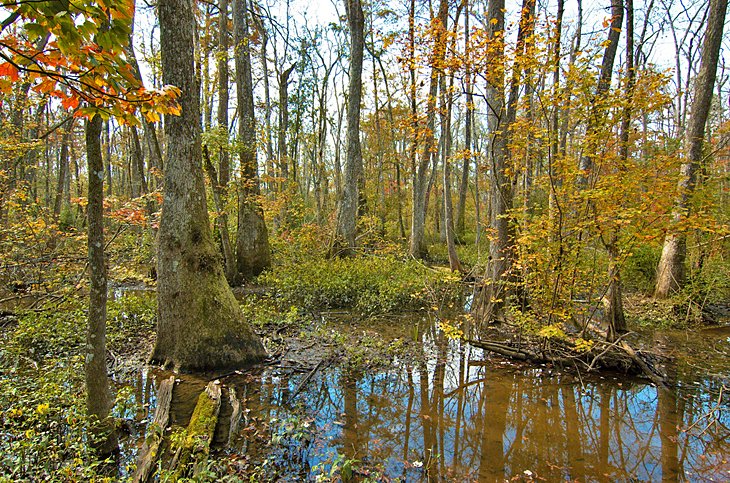
The Bluebonnet Swamp Nature Center offers research and educational tools in a natural setting and is situated on 103 acres on the southwest edge of the city. The conservation area is bisected by a mile-long network of boardwalks and gravel roads that link to various parts of the park, including a cypress-tupelo swamp and hardwood forests.
In addition to the opportunities for wildlife viewing along the route, the 9,500 square foot exhibit building offers up-close encounters with animals. The structure also has exhibits of minerals and artifacts, information about the local flora and wildlife, and a sizable collection of waterfowl decoy carvings.
8. Visit the Zoo in Baton Rouge.
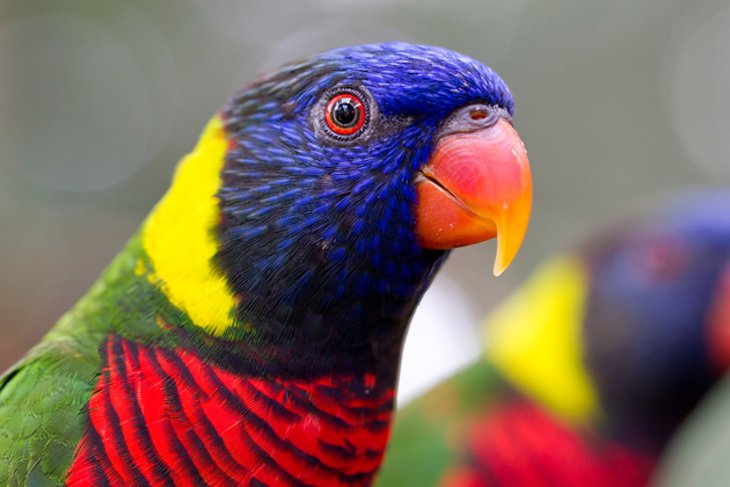
Both domestic and exotic species can be found in BREC's Baton Rouge Zoo. The L'aquarium de Louisiane's collection includes huge cats, rhinos, otters, fish, reptiles, and amphibians native to Louisiana.
Things to Do in Baton Rouge, Louisiana (including my favorite hotel, casino, and historical attractions) https://t.co/Pdxd6jL7yk #OnlyLouisiana #travel #WeekendPlans pic.twitter.com/a7sRlr4iYk
— Wherever I May Roam Blog (@melodytravels) March 13, 2021
Visit the Parrot Paradise to see exotic, colourful birds from the tropics, such as macaws and parrots. With tigers and other Asian animals, The Realm of the Tiger is a relatively recent addition. Chilean flamingos, Galapagos, and Aldabra tortoises are displayed in the Flamingo Cove and Giants of the Islands displays.
Another well-liked location is the KidsZoo, which features farm animals and play tunnels for children. The Safari Playground, which has a variety of equipment, is right next door.
9. Shaw Center for the Arts
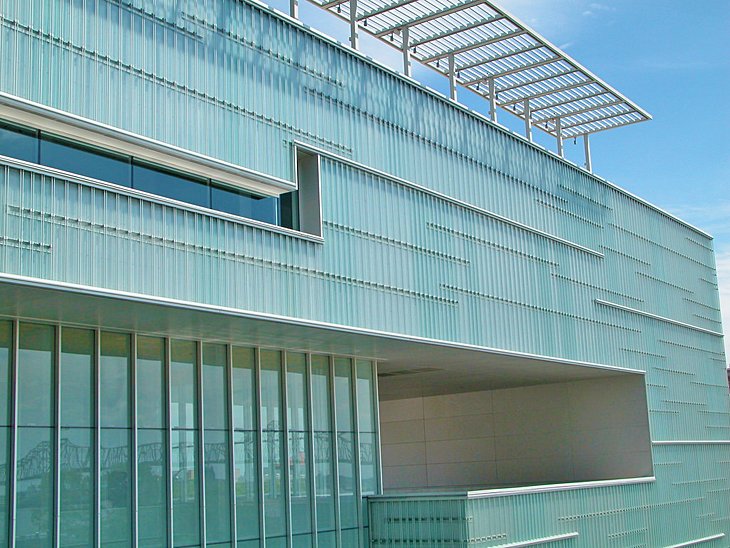
This multifaceted art building, which spans a full city block and looks out over the Mississippi River, was constructed in 2005 and has since played host to thousands of cultural events. The Manship Theatre in the Shaw Center features performances by musicians, dancers, and other performers from throughout the world.
The Theatre also broadcasts live versions of other theatrical performances from around the globe. Within the building is the LSU Museum of Art, which houses a sizable collection of visual arts that ranges from historic Chinese jade sculptures to local portraits and drawings.
10. Louisiana Museum of Art and Science
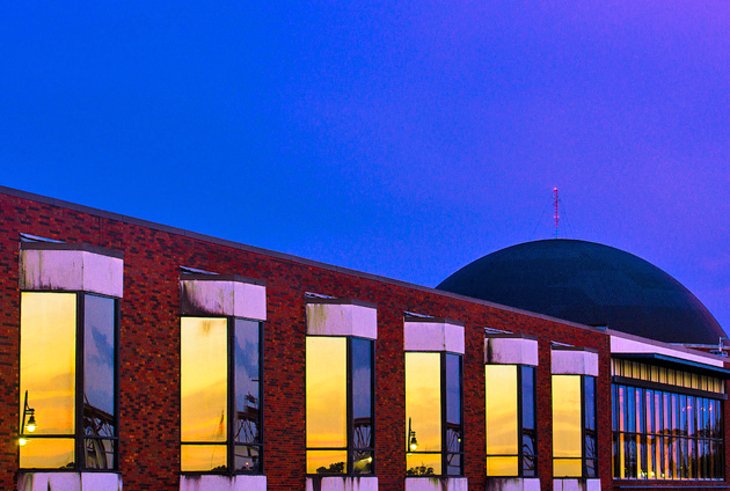
There is something for everyone at the Louisiana Arts & Science Museum, which combines art and science. Both temporary exhibits and a permanent collection of great art are available at the art galleries. American and European art, ethnic art, modern and contemporary art from Louisiana, photography, and antiques are just a few of the highlights.
https://utravelo.com/en/sculpture-garden-in-tuscany
The children's and family-oriented science section of the museum is a lively space with engaging exhibits. Children can learn about their surroundings in this setting through engaging activities.
The imaginatively designed Ancient Egypt Gallery, which includes mummies and other antiquities, as well as the on-site Planetarium, are both fascinating. The picturesque old railroad terminal along the Mississippi River is the location of the Louisiana Arts & Science Museum.
11. Old Governor's Mansion
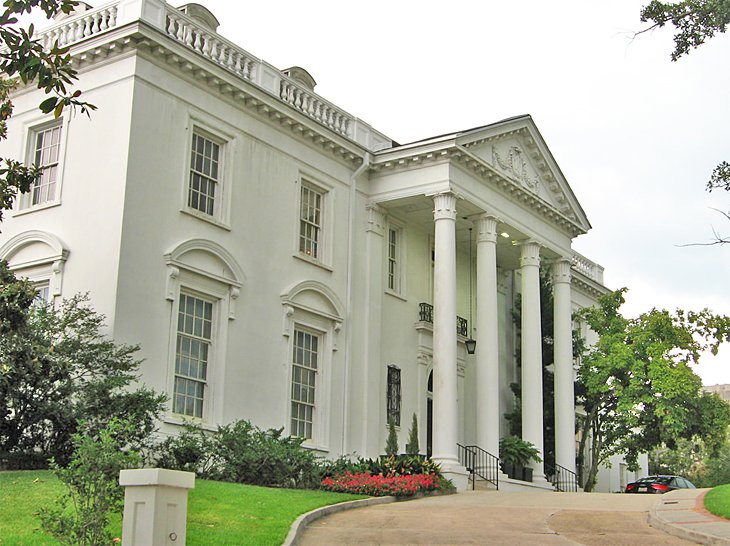
The Old Governor's Mansion, erected in the 1930s during Huey P. Long's administration as governor of Louisiana, is a stunning structure just a few streets from the state's historic Old State Capitol. The Old Governor's Mansion, which is on the National Register of Historic Places, was allegedly built to mimic the White House in Washington, D.C.
This historic property, which served as the former residence of nine governors and their families, is open for guided tours, which give visitors a chance to see many of the original furnishings and décor.
12. Stroll along the Riverside
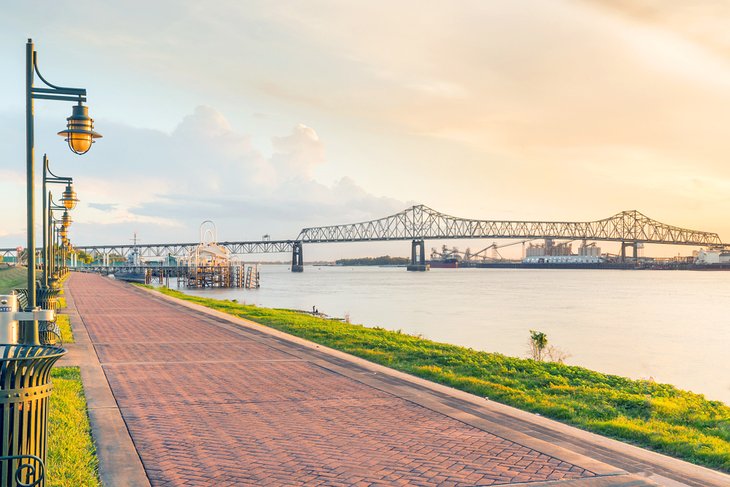
Beginning at the end of Laurel Street and continuing many miles south of the city to the Willow Glen Power Station, Baton Rouge's long trail follows the Mississippi River's bends. The section that begins north of The Horace Wilkinson Bridge is definitely worth a visit, even though most visitors won't want to hike all the way out and back.
It's a nice area to meander around and a very different path to take between sights like the USS KIDD Veterans Museum, the Old State Capitol, and the LSU Museum of Art. The Riverfront Plaza & City Dock, a lovely park area with a viewing pier that spans over the river, is also located in this region.
At the northern end of the riverbank promenade, an elegant sculpture known as "Sing the River" is the newest addition to the Baton Rouge waterfront. The reflective surface of this sculpture is evocative of "The Bean" in Chicago, but that is the only similarity. Po Shu Wang, a creator who combines art and technology, included music that is influenced by the rise and fall of the river's water. It's also a pretty sight when it's lit up at night and can be seen from the bridge and the other shore.
Capital Park Museum 13.
Visit the Capitol Park Museum if you've ever wondered where the term "Cajun" came from. Everything you might possibly want to know about the state of Louisiana is contained inside. The time will fly quickly thanks to the extensive exhibitions on the state's history and culture.
A 48-foot-long shrimp trawler, a two-row sugarcane harvesting machine, an oil rig, and a submarine from the Civil War are a few of the most intriguing exhibits. Louis Armstrong's bugle and a polka-dot Stratocaster guitar originally played by jazz musician Buddy Guy are among the cultural highlights.
The Mardi Gras display is one of the most vibrant exhibits; the Golden Age of Aviation contains a number of antique aircraft that may be seen up close. A technological masterpiece featuring special effects, the film about the 1932 Cleveland Air Races should not be missed.
14. Refresh Yourself at Blue Bayou Water Park
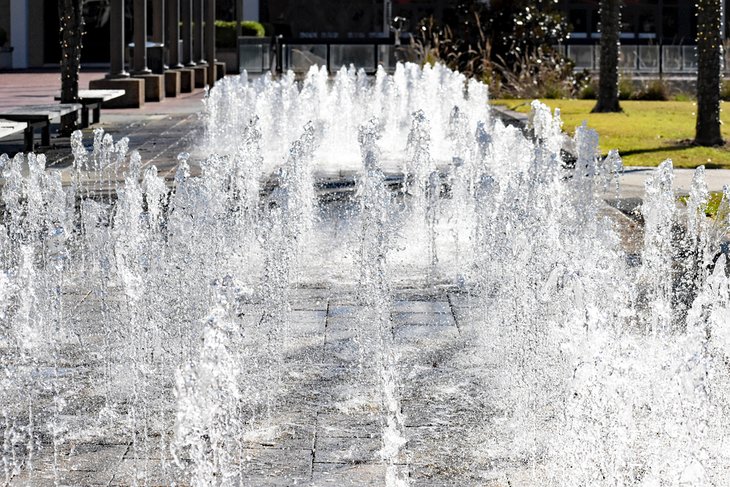
With a vast selection of water rides and play areas, Blue Bayou Water Park, located just outside the city limits, is a perfect place for people of all ages to beat the heat.
A big beach-style pool, a lazy river, and a dozen distinct waterslide attractions with varying levels of thrills are all included in the water park. For the littlest polliwogs, there is a kiddie play area with a pirate motif.
Its sibling facility, Dixie Landin', provides families with a selection of traditional amusement park rides for visitors of all ages, including bumper cars, kiddie railroads, merry-go-rounds, and exciting roller coasters. When the number of open attractions is reduced due to the weather or other circumstances, admission to both parks is discounted.
Splash pads and children's fountains are available at several of the city's parks for people who are unable to travel to the Blue Bayou.
15. LSU Natural Science Museum
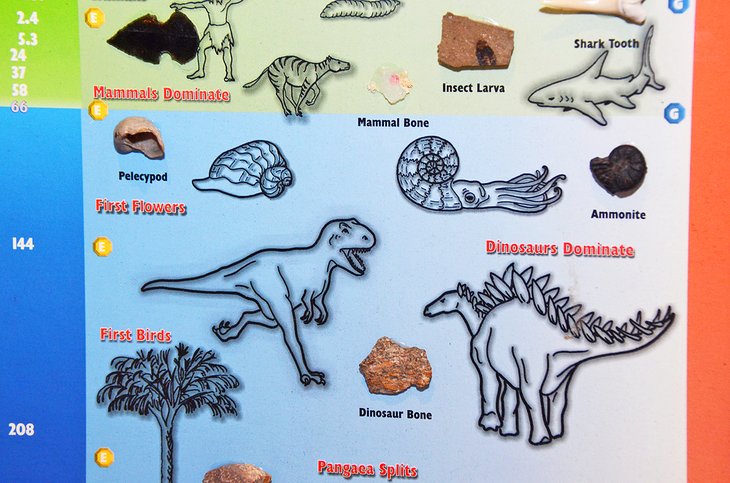
The LSU Museum of Natural Science, which is situated on Louisiana State University's campus, houses fascinating displays about the state's natural environment, both past and present. Dioramas revive long-extinct species and show how the geography of Louisiana has changed over time.
The native peoples of modern-day Louisiana are the subject of one of the more well-liked displays, which includes archaeological artefacts and engaging interactive areas for visitors of all ages.
The Antarctica experience and a closer look at Louisiana's fish are two further noteworthy displays. Additionally, visitors can discover more about Mike the Tiger, the mascot of LSU, and his wild ancestors.
Although it is closed on weekends, this is a great family attraction and admission is free.
16. The Children's Museum at Knock Knock
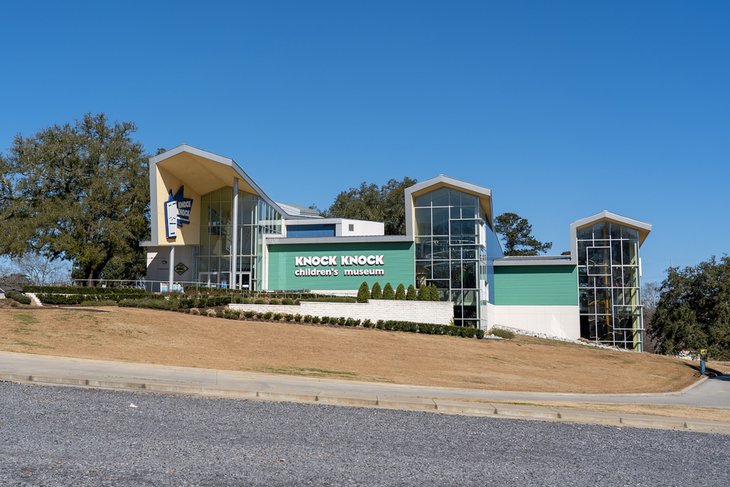
When travelling with children to Baton Rouge, the Knock Knock Children's Museum is a great spot to take them. The museum, which is situated on the border of City Park (also known as Brooks Park), provides 26,000 square feet of space for children to play as they study.
The area is organised into 18 Learning Zones, each of which promotes active play and collaborative creativity. These include a tot-sized workshop where budding mechanics can hone their skills, a grocery store and café where they can learn about nutrition, and a construction site where young architects can put their grand designs into action.
Additionally, there are many of places to move about and get some exercise, including a climbing wall and an age-appropriate training area. Young artists can test their tech concepts in the maker shop, play with a variety of media in the art garden, and learn the math necessary to support even larger projects.
Visitors who get overwhelmed easily (or anyone who just wants a breather) can go to the Quiet Cabin, which has a cosy reading area for story time and sensory difficulties that are eased there. Even in the "Crawbaby" play area, families travelling with children under the age of two have a designated space.
Six days a week, the children's museum is open; Mondays are its only day off.

